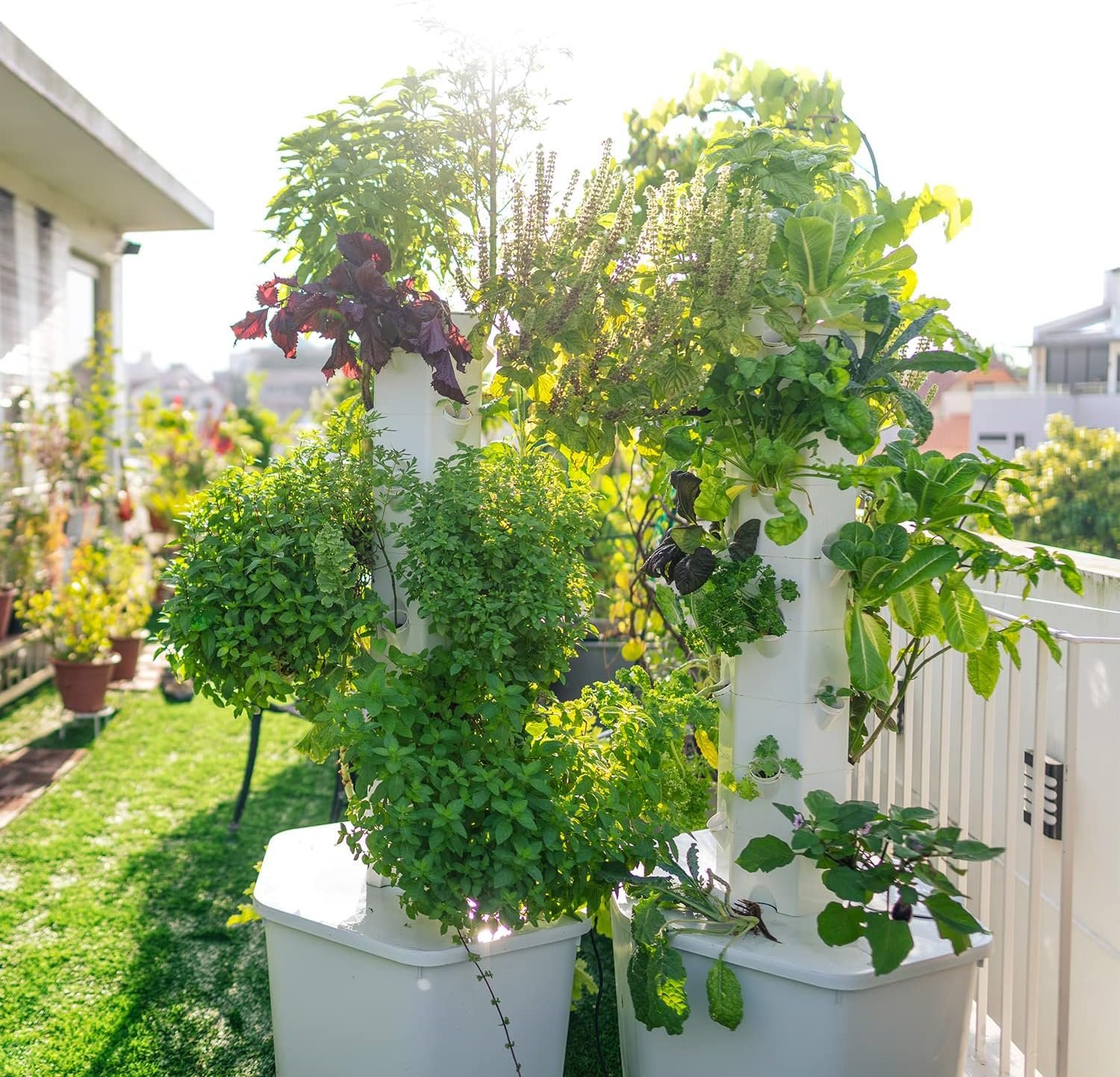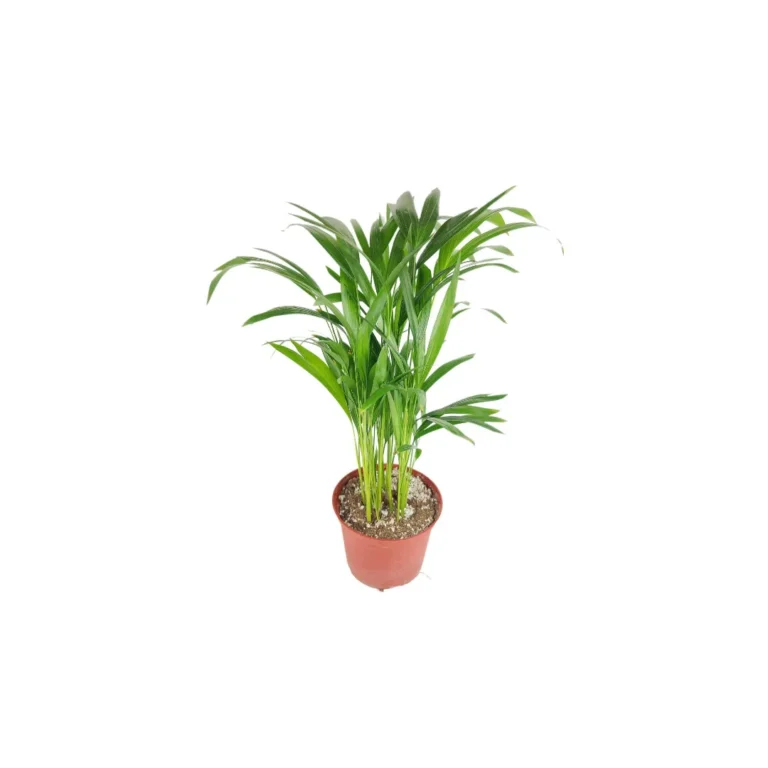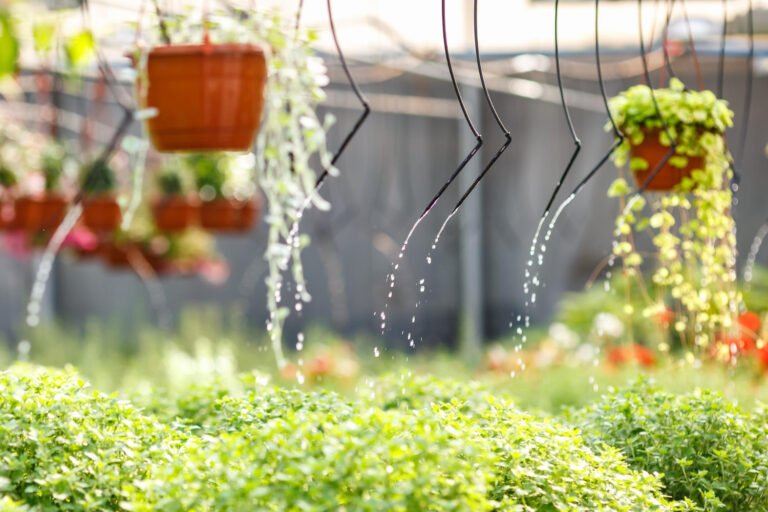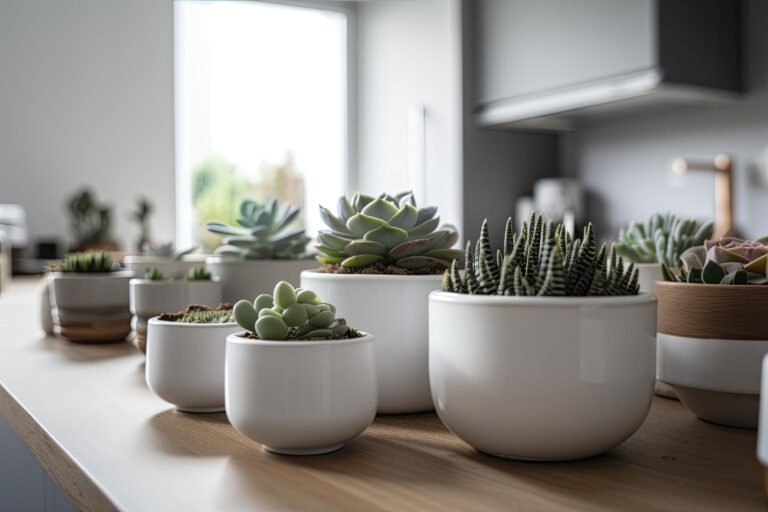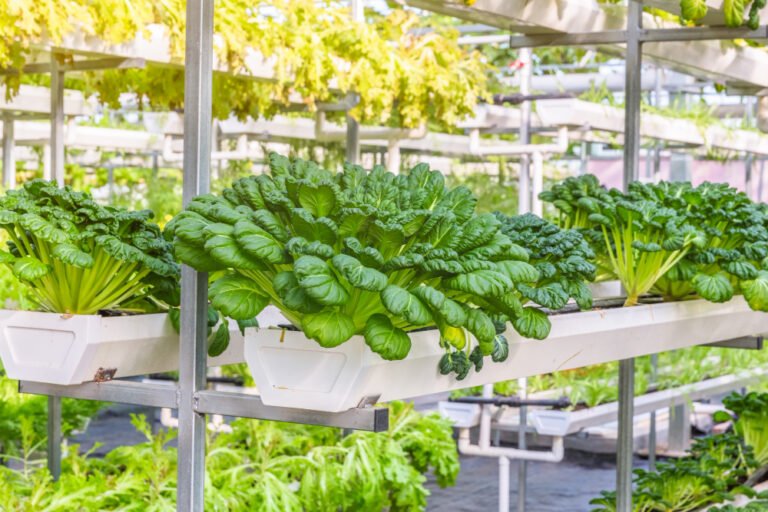An Introduction to Aeroponics Farming
In recent years, the world of agriculture has witnessed a remarkable transformation, with innovative techniques revolutionizing the way we grow plants. Among these cutting-edge methods, aeroponics farming has emerged as a frontrunner, promising a future of sustainable, efficient, and space-saving agriculture. In this first part of our exploration, we’ll take you on a journey into the fascinating realm of aeroponics farming.
What is Aeroponics Farming?
Aeroponics, derived from the Greek words “aero” (air) and “ponos” (labour), is an advanced form of controlled environment agriculture. Unlike traditional farming, which relies on soil as a growing medium, aeroponics takes a radically different approach. In most aeroponic cultivation systems, plants are grown without soil, instead suspending their roots in the air.
How Aeroponic Systems Work
At the heart of aeroponics farming lies the aeroponic system. These systems are designed to deliver water and nutrients to plant roots in the form of a nutrient mist. The roots are suspended in the air within the system, allowing them to absorb the essential elements they need for growth. This fine mist provides plants with optimal access to water, oxygen, and nutrients, creating an ideal environment for root growth and plant cultivation.
The Role of Nutrient Solutions
Nutrient solutions play a critical role in aeroponics farming. These solutions are carefully formulated to provide plants with all the essential macro and micronutrients they require for healthy growth. In a nutrient-rich solution, plants grow faster and are less susceptible to diseases, resulting in healthier plants overall.
Advantages of Aeroponics Farming
1. Faster Growth: Aeroponics allows plants to grow at an accelerated rate compared to traditional farming methods. This speed is attributed to the efficient delivery of nutrients and oxygen directly to the root zone.
2. Space Efficiency: One of the most remarkable aspects of aeroponics is its minimal space requirements. Plants can be grown indoors, vertically, or in small spaces, making it an excellent option for urban agriculture and maximizing land use.
3. Water and Nutrient Efficiency: Aeroponic systems use water more efficiently than traditional soil-based farming. The closed-loop system prevents water wastage, and nutrient solutions are recycled, reducing the environmental impact.
4. Controlled Environment: With the ability to fine-tune environmental conditions, aeroponics provides a level of control that is unparalleled in traditional farming. This control minimizes the risk of crop loss due to adverse weather or pests.
5. Technical Knowledge: While aeroponics may sound complex, it’s accessible to those with some technical knowledge. Many home growers have adopted this method, and specialized equipment is readily available.
6. Diverse Range of Crops: Aeroponics is not limited to specific crops. It can be used to grow a wide variety of growing crops, from leafy greens to herbs and even fruiting plants, making it versatile for different farming needs.
The Science Behind Aeroponics Farming
In our previous installment, we introduced you to the concept of aeroponics farming and its many advantages. Now, let’s dive deeper into the science that makes this innovative farming method possible and how plant roots thrive in aeroponic growing systems.
The Root Zone in Aeroponics
Aeroponics creates an ideal root environment. Unlike traditional soil-based methods where roots must search for nutrients and water, in aeroponic systems, plant roots are suspended in the air. This allows for several key benefits:
1. Optimal Oxygenation: The air-rich environment ensures that roots have access to an abundance of oxygen. This oxygen is crucial for cellular respiration, energy production, and nutrient uptake, resulting in vigorous root growth.
2. Nutrient Absorption: Plant roots in aeroponics systems are bathed in a fine mist of nutrient solution. This ensures that every root receives an equal and consistent supply of essential nutrients, promoting uniform and healthy plant growth.
3. Disease Prevention: Because roots are not in direct contact with soil, the risk of soil-borne diseases is significantly reduced. Aeroponics systems help prevent root diseases that can plague traditional farming methods.
Components of an Aeroponic System
To understand how plants thrive in aeroponics, let’s break down the key components of an aeroponic system:
1. Root Chamber: This is where the plant roots are suspended. It can take various forms, such as racks, tubes, or trays, depending on the design of the root system itself.
2. Nutrient Delivery System: This includes pumps and misters that deliver the nutrient solution to the root chamber. The misters create a fine nutrient mist that envelops the roots.
3. Nutrient Solution Reservoir: The solution is stored in a reservoir, which is monitored and replenished as needed to maintain optimal nutrient levels.
4. Controlled Environment: This encompasses factors like temperature, humidity, and light, which can be adjusted to create the perfect growing conditions for different crops.
Research Centers and Aeroponics Advancements
Research centers and institutions around the world play a vital role in advancing aeroponics technology. Scientists and agricultural experts continually refine and optimize aeroponic systems, making them more efficient, cost-effective, and accessible.
They conduct experiments to determine the ideal nutrient solutions for different crops, explore variations like high-pressure aeroponics, and investigate the potential for aeroponics in food production. As research progresses, aeroponics and hydroponic systems are becoming increasingly adaptable and efficient.
Setting Up Your Aeroponics System
In our previous segments, we explored the science behind aeroponics farming and the advantages it offers. Now, let’s take a closer look at how to set up your own aeroponics system, whether you’re a home grower or a commercial farmer.
Components for an Aeroponics System
To get started with aeroponics, you’ll need several key components:
1. Root Chamber: This is where your plants’ roots will be suspended. It can be as simple as a series of vertical tubes or more complex, depending on your needs.
2. Misters or Nozzles: These are responsible for delivering the nutrient solution as a fine mist to the root chamber.
3. Nutrient Solution Reservoir: A container to hold your nutrient solution. Make sure it’s appropriately sized for your system and easy to access for maintenance.
4. Pump: To pressurize the nutrient solution and send it to the misters.
5. Timer: To control the frequency and duration of misting cycles.
6. Growing Medium: While aeroponics doesn’t use soil, you’ll still need a growing medium to support your plants. Common choices include rock wool, coconut coir, or foam.
Setting Up Your System
1. Design Your Root Chamber: Depending on your space and goals, design a root chamber that suits your needs. Consider vertical or horizontal setups, and make sure it’s well-ventilated to promote air circulation around the roots.
2. Position the Misters: Install misters or nozzles evenly throughout the root chamber. Ensure they are positioned to mist the roots without causing damage.
3. Connect the Pump: Set up the pump to deliver nutrient solution to the misters. You may need to adjust the pressure to achieve the desired mist quality.
4. Prepare the Nutrient Solution: Mix your nutrient solution according to the needs of your specific plants. Different crops may require different nutrient profiles, so research is essential.
5. Timer Settings: Program your timer to control misting cycles. This depends on factors like the type of plants, ambient humidity, and temperature.
6. Monitor and Adjust: Regularly check the nutrient solution levels, pH, and electrical conductivity (EC) to ensure they are within the desired range. Make adjustments as needed.
Challenges in Aeroponics Farming
While aeroponics offers numerous advantages, it’s not without challenges. Common issues include power outages disrupting misting cycles, the need for precise nutrient management, and the risk of system failures. However, these challenges can often be mitigated with careful planning and monitoring.
Crafting the Perfect Nutrient Solution for Aeroponics
In our previous segments, we explored the components of an aeroponics system and how to set it up. Now, let’s dive into a crucial aspect of aeroponics farming – the nutrient solution. Crafting the perfect nutrient mix is essential for ensuring the health and vitality of your own plants grown in an aeroponic system.
The Importance of Nutrient Solutions
In aeroponics farming, plants rely entirely on the nutrient solution you provide. This solution not only provides essential elements for plant growth but also serves as the medium through which plants absorb nutrients. To create a balanced and efficient nutrient solution, consider the following factors:
Essential Nutrients
Plants require various nutrients for optimal growth, including:
1. Macro-Nutrients: These are needed in larger quantities and include nitrogen (N), phosphorus (P), and potassium (K). They are essential for overall plant health and development.
2. Micro-Nutrients: These are needed in smaller quantities and include elements like iron (Fe), manganese (Mn), and zinc (Zn). Micro-nutrients are vital for specific biochemical processes in plants.
Customizing Nutrient Solutions
Different plants have unique nutrient requirements, so it’s crucial to customize your nutrient solution accordingly. Here’s a general process for creating a nutrient solution:
1. Research: Determine the specific nutrient needs of the plants you plan to grow. Consult resources like plant nutrient deficiency guides to identify common issues.
2. Select a Base Formula: Many commercial nutrient solutions are available, designed for specific growth stages or types of plants. Start with a reputable base formula as a foundation.
3. Monitor pH and EC: Use a pH meter to ensure your solution is within the optimal pH range for your plants. Additionally, measure electrical conductivity (EC) to gauge nutrient concentration.
4. Adjust pH and EC: If necessary, adjust the pH and EC of your solution using pH up or pH down solutions and additional nutrients. This fine-tuning ensures your plants receive precisely what they need.
Environmental Factors
In aeroponics, environmental factors like light, temperature, and humidity also play a crucial role in plant growth. Here’s how they affect your nutrient solution:
1. Light: Adequate light is essential for photosynthesis, which influences nutrient uptake. Ensure your plants receive the right amount and spectrum of light for their growth stage.
2. Temperature: Temperature affects both nutrient uptake and microbial activity in the nutrient solution. Maintain an appropriate temperature range for your crops.
3. Humidity: Humidity influences the rate of transpiration, impacting nutrient absorption. Maintain an ideal humidity level for your plants to prevent stress.
Nutrient Solution Management
Regularly monitor your nutrient solution’s pH, EC, and nutrient levels. Adjust as needed to maintain optimal conditions for your plants. Keep in mind that aeroponics systems are efficient at nutrient delivery, so you may need to top up the reservoir periodically.
Environmental Conditions on Aeroponics Farming
As we delve deeper into the world of aeroponics farming, we must explore the critical role that environmental conditions play in this innovative method. Additionally, we’ll address some frequently asked questions to provide you with a comprehensive understanding of aeroponics.
Environmental Conditions in Aeroponics Farming
1. Temperature: Temperature control is essential in aeroponics. Most plants thrive in a temperature range of 70-75°F (21-24°C). Maintaining this range ensures that plants can efficiently absorb nutrients and grow optimally.
2. Humidity: Humidity levels influence transpiration and nutrient absorption. In general, humidity should be kept around 60-70% for most crops. However, specific plants may have different requirements.
3. Light: Light is a fundamental factor in photosynthesis, which is essential for plant growth. Depending on the crop, you may need to provide adequate artificial lighting in indoor setups or ensure outdoor plants receive the right amount of sunlight.
4. Air Circulation: Proper air circulation prevents the buildup of excess humidity and helps distribute the nutrient mist evenly around the roots. Fans and ventilation systems can assist in maintaining optimal air circulation.
5. CO2 Levels: In indoor aeroponics setups, monitoring and supplementing carbon dioxide (CO2) levels may be necessary to promote photosynthesis and increase plant growth.
Frequently Asked Questions (FAQs) on Aeroponics Farming
1. What are the problems with aeroponics systems?
Aeroponics systems, while highly efficient, can face challenges such as power outages disrupting misting cycles, the need for precise nutrient management, and the risk of system failures. Adequate technical knowledge and monitoring are crucial to address these issues effectively.
2. What is an aeroponic farm?
An aeroponic farm is a facility where plants are grown in aeroponic systems, with their roots suspended in the air and misted with a nutrient solution. These farms can vary in size, from small-scale home setups to large commercial operations.
3. How efficient is aeroponic farming?
Aeroponic farming is known for its efficiency in nutrient and water usage, faster plant growth, and space optimization. It can result in higher crop yields and reduced resource consumption compared to traditional farming methods.
4. How do aeroponics work?
Aeroponics works by delivering a fine mist of nutrient solution to plant roots suspended in the air. This method provides plants with direct access to water, oxygen, and nutrients, creating an ideal environment for rapid and healthy growth.
5. What is the difference between hydroponics and aeroponic farming?
Hydroponics and aeroponics are both soilless growing methods, but they differ in how they deliver nutrients to plants. Hydroponics submerges plant roots in a nutrient-rich solution, while aeroponics mists the roots with the solution. Aeroponics typically uses less water and offers faster growth rates.
With this information, you have a solid foundation to embark on your aeroponics farming journey. Remember that while aeroponics has many benefits, it also requires careful monitoring and adjustment to ensure the best results. As technology and knowledge continue to advance, aeroponics farming holds the promise of revolutionizing the way we produce food, making it more sustainable and accessible.
Thank you for joining us in this exploration of the future of farming through aeroponics. We hope you are inspired to delve deeper into this innovative agricultural method and contribute to a greener, more efficient world of food production.

